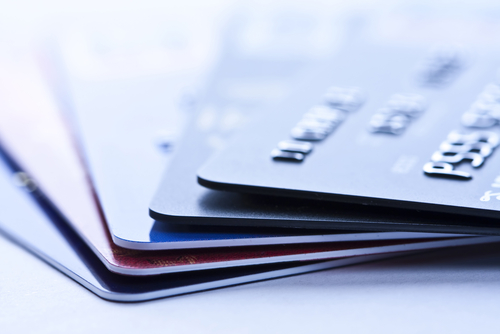
In a press release highlighting the results, Equifax said outstanding balances of $81.7 billion are up 0.8 percent from the same period last year, with delinquencies rising steadily on a seasonal basis since 2013. Currently, they are at their highest level since the early part of 2011.
“Lots of retailers are standing at the intersection of brick and mortar versus digital, with the latter often getting the right of way — a trend the industry has seen for the last several years, and it continues into 2018,” said Amy Crews Cutts, chief economist, Equifax, in the press release. “With these higher delinquency rates in private label cards, we see that some consumers are abandoning their payment responsibilities when retailers close a local store or declare bankruptcy. This is a huge mistake, as the lenders behind the private label cards are still reporting to credit bureaus and the creditors to the retailer are keen to collect any outstanding accounts receivable toward their outstanding debts. The decision not to pay on these cards in the hopes that the retailer will forget them will haunt these consumers for a while and will impact their ability to take out credit in the future.”
It currently stands at 71.2 percent compared to 78.4 percent in 2008. The makeup of non-mortgage debt has also changed. Equifax found that all credit cards account for 21.4 percent of non-mortgage debt, which is down from 10 years ago when it stood at 29 percent. The $1.4 trillion in outstanding student loans now accounts for 36.9 percent of all non-mortgage debt, up from 21.8 percent 10 years ago. Auto loans and leases stand at $1.24 trillion, which is a new record.
“Student loan debt is not a bad thing when students actually receive a degree,” said Cutts. “However, starting college and not finishing can leave a consumer’s finances in distress, with generally nothing to show for it. Importantly, the $1.4 trillion in student loans reported to Equifax represents only loans still considered active — the Department of Education guarantees about $154 billion in defaulted loans on which it is still trying to collect that are no longer reported to credit bureaus.”